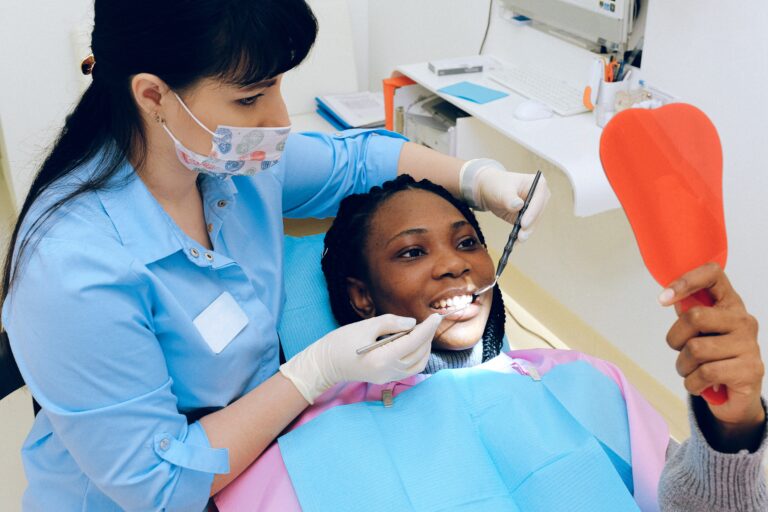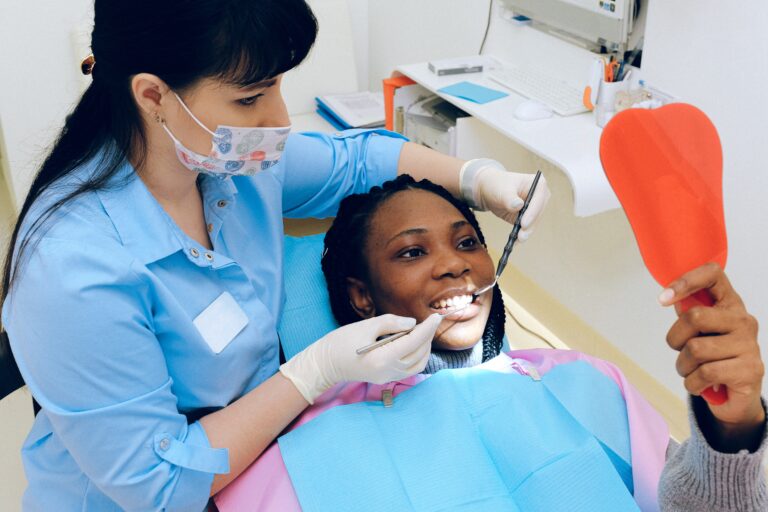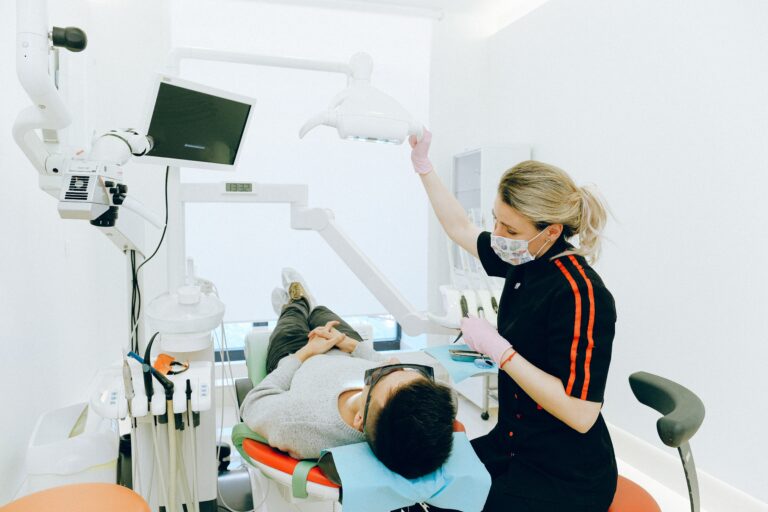Affordable Dental Insurance that covers braces for Adults
While braces are traditionally associated with teenagers, adults too can reap the benefits of an aligned smile and better oral health. Braces in adulthood not only help in achieving a confident smile but also ensure the health of your teeth, mouth, and jaw. With the high costs associated, it’s crucial to explore dental insurance options.
Can Adults Get Orthodontic Insurance?
For those considering braces in adulthood, the pressing question is the availability and affordability of orthodontic insurance. Without any dental insurance coverage, braces can be an expensive venture, possibly costing around $6,000 or more, based on the complexity of the dental issue. While many insurance plans cater to children, options for adults, especially those over 19 years, can be limited. This limitation often stems from the perception of adult braces as a cosmetic choice. For those exploring this avenue, it’s essential to verify details like age limits, yearly or lifetime maximum benefits, and whether the policy covers a percentage or a flat fee of the dentist’s charges.
Top 6 Dental Insurance Plans for Adult Orthodontics
1. Delta Dental
- Pros: High annual maximums, no waiting period for preventative care, and up to 50% coverage for orthodontics for both children and adults.
- Cons: Can involve long waiting periods for certain care, $10 enrollment fee.
2. Aetna
- Pros: 100% coverage of preventative care, availability of family plans, and coverage for up to 75% of orthodontic services.
- Cons: Might require referrals for specialists and some plans can have high deductibles.
3. Aflac
- Pros: Customizable policy, direct deposit reimbursements, and choice of preferred dentist.
- Cons: Pricing information is not entirely online, some coverage is only available through employers, and no 100% coverage on preventative care.
4. Humana
- Pros: Variety of plan options, unlimited yearly maximum payout, and 100% coverage for preventative care with no waiting period.
- Cons: Focus on preventative care over orthodontic care and not all procedures may be covered.
5. Cigna
- Pros: Nationwide network, easy transition after loss of coverage, and competitive premium rates.
- Cons: Potential long waiting periods, non-coverage of dental implants, and long waiting periods for braces.
6. DentalPlans
- Pros: 30-day money-back guarantee, easy comparison of plans, and quick activation of chosen plans.
- Cons: Non-refundable enrollment fee, fewer traditional insurance plans.
What Does Dental Insurance for Orthodontics Typically Include?
Dental insurance for orthodontics generally provides coverage or discounts for treatments. This can encompass:
- Examinations
- Imaging
- Traditional braces
- Retainers
However, it’s essential to remember that coverage doesn’t translate to free treatment. There are often waiting periods, deductibles to meet, and varying percentages of coverage based on the chosen plan.
Is Orthodontic Insurance Worth it?
Braces’ costs vary based on the type, duration, and complexity of treatment. While insurance can help mitigate these costs, the premiums can be high. It’s essential to weigh the costs and benefits. Consultation with an orthodontist can provide a clearer picture of treatment expenses without insurance, assisting in deciding the viability of orthodontic insurance.
Frequently Asked Questions
1. Is there an age limit for adults to avail of orthodontic insurance?
Most policies set a limit around age 19, but some plans do cover adults.
2. Will my dental insurance fully cover my braces?
Not always. Coverage varies by plan, with possible waiting periods and deductibles.
3. How do I know if orthodontic insurance is worth it?
Consult an orthodontist for treatment costs without insurance, then compare with potential insured costs.
Conclusion
While adult braces promise a host of benefits, it’s essential to navigate the financial aspects smartly. Dental insurance for adults can be a boon, but it’s vital to choose a plan tailored to individual needs. This guide hopes to aid in making an informed decision towards a brighter, healthier smile.






